
How a Neighborhood Prevented Monster Homes
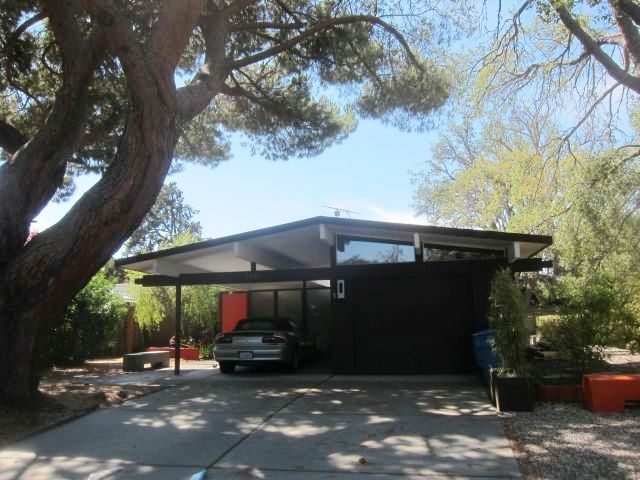 |
|
|
For the past year an exciting movement has been sweeping through Palo Alto, and it had its first victory in the tidy neighborhood of Los Arboles. In early November Palo Alto changed zoning for the 83-home tract to prevent second-story additions.
Several other Eichler neighborhoods in town are also seeking such zoning rules. Neighbors from different areas have shared ideas. Eichler owners in other towns might be able to learn from their example as well.
Rebecca Thompson, who modestly avoids the term ‘leader,’ hopes other Eichler neighborhoods step up to the challenge of monster homes that have been rolling through Palo Alto, Menlo Park, and other Silicon Valley cities of late.
“I did the ‘program management’ and worked with the other [Los Arboles] neighbors,” says Thompson, who with her husband is raising two children. “There was broad support. I could not have done it on my own.”
She notes that the mechanism that succeeded in Los Arboles -- creating a single-story overlay zone -- may not be appropriate in every city, or be the best method.
But the way she and her neighbors went about researching the issue, gathering support, building alliances, and playing politics can be copied anywhere.
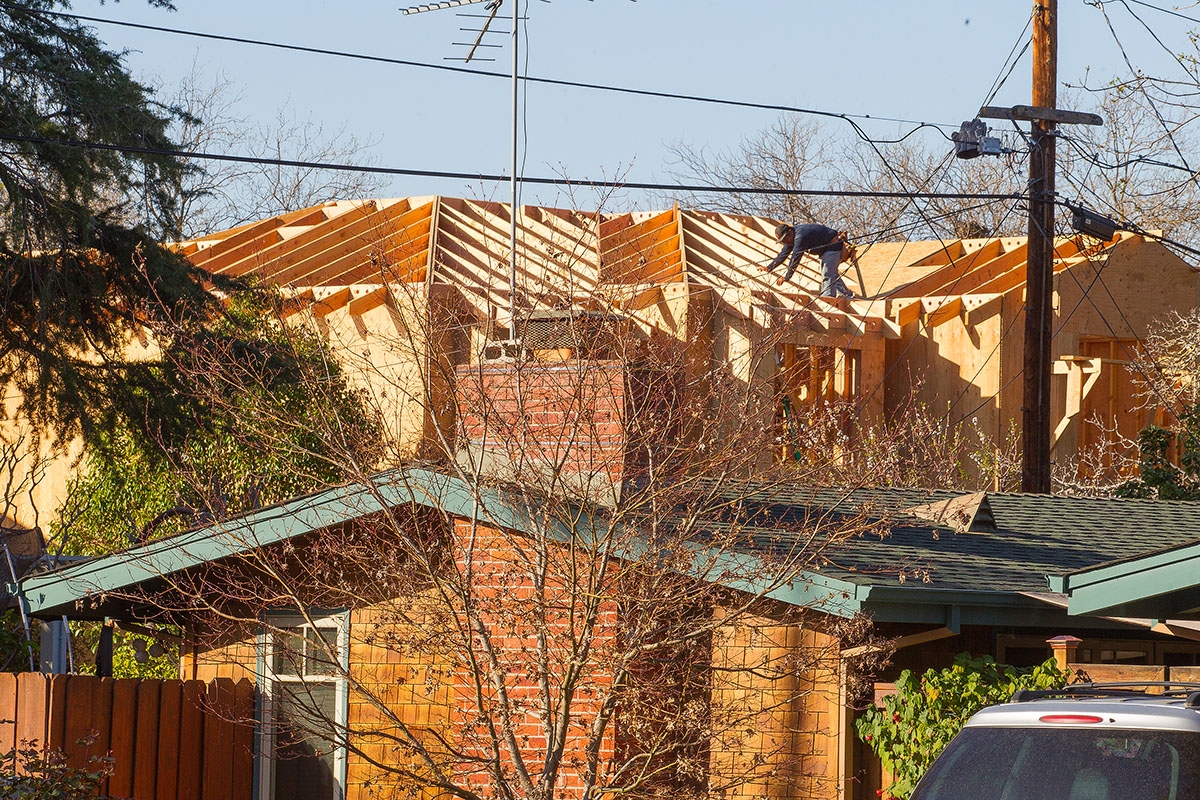 |
|
|
“Take a look at your neighborhood,” she suggests, “to see whether [a single-story overlay] makes sense for your neighborhood.”
In Palo Alto, the overlay seemed their only choice. But other cities, including Sunnyvale and Cupertino, have instituted special design rules for Eichlers. Such rules can be created elsewhere.
And some cities, she says, will enforce the covenants, conditions and restricts (CC&Rs) that often are imposed by contract on certain neighborhoods. Palo Alto does not.
“See what’s available in your locality,” she says.
“It’s important to protect the Eichler look,” Rebecca adds, noting that a single-story overlay will not block altering the facade. “But there is no such mechanism in place in Palo Alto. This was the only thing that was available in Palo Alto.”
Step one, she says, is research. Learn what planning rules are in place that might help. Meet with neighbors to develop a strategy.
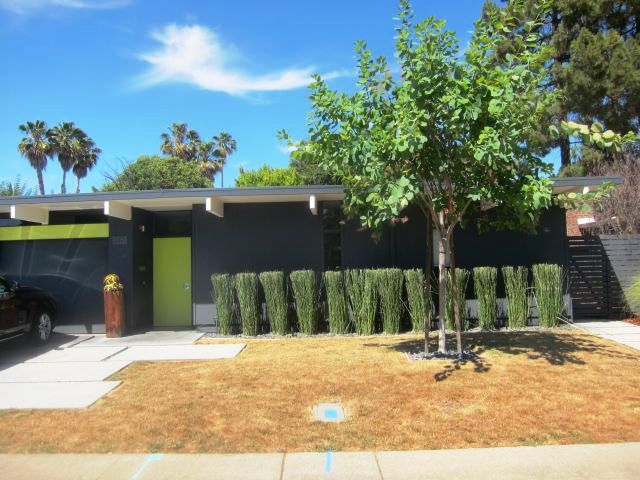 |
|
|
Crucial, she says, is “understanding the pulse of the neighborhood. Understand what you have in the neighborhood, and that your neighborhood is predominantly single story. Is there enough support, and is it broad-based across the neighborhood?”
In Palo Alto, neighborhoods such as Los Arboles that don’t have CCRs have to show city officials that 70 percent of homeowners support the overlay. They also have to show that the neighborhood remains primarily single story. Los Arboles does, though it does contain several two-story additions.
“We moved in as part of a wave of families with young children,” she says, adding, “This is a very vibrant, close-knit community. There’s the younger generation with younger children as well as original owners.”
Rebecca, who moved from Seattle to Los Arboles in 2009 as a renter before buying here two years later, was already attuned to the monster home threat. Two of her homes in Washington had their views blocked by large, new houses.
So, when other Eichler neighborhoods began seeing teardowns and immense remodels alter their character, she stepped up.
“I had the will,” she says, “and I had the experience working elsewhere seeing what could happen if there is no protection in place.”
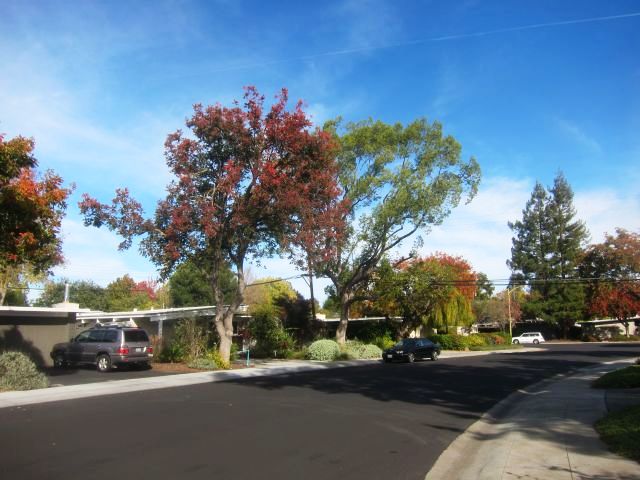 |
|
|
She spoke to friends in the neighborhood, and at block parties. Some people thought Los Arboles already had a single-story overlay, because there had been efforts in the 1990s to create one. But it had failed.
“But because of that, there was a lot of support already,” Rebecca says. “The interest was there.”
Over the next two years Rebecca and volunteers from six to eight households, sometimes both spouses, collectively spent 100 or more hours on the effort. “We had a lot of people willing to write letters, which was necessary to get us past the fee.”
Research involved reading city documents, and meeting city planners, who were helpful but at times didn’t understand the process themselves. “Not all the planners had been through this before. The last time it happened in the city was 2004,” she says.
To gauge neighborhood support, volunteers prepared a one-page survey and distributed it via email, door to door, and at a block party.
“Do you think this is something the neighborhood should look at?” was one question, “And where do you think you fall on the question,” was another. Answers could range from strongly in favor to strongly opposed.
“Have accurate information,” when speaking to neighbors, Rebecca advises, “so people don’t think they’re being misled in any way.”
It helped that the group had 'ambassadors' who lived on each block. “That was effective because they knew their neighbors, they could knock on doors or catch neighbors coming and going.”
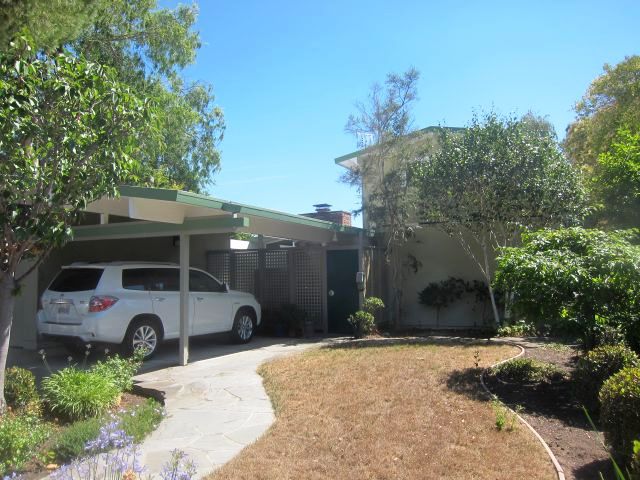 |
|
|
The results were pleasing – 80 percent in favor of the overlay. Rebecca notes that support was broad-based, among newcomers and old-timers, and throughout the neighborhood.
“Fortunately the level of opposition was pretty small. Nobody had to be convinced. Some chose not to sign because they were not sure,” she says.
But then there was that fee. It would cost $7,000 to $9,000 to apply for a zoning change, planners told them.
Here’s another tip from Rebecca: “Part of understanding a municipality is understanding the politics.”
Rebecca didn’t have much experience with Palo Alto politics. But, at a meeting at the Eichler Swim and Tennis Club with folks from several Eichler neighborhoods to talk about teardowns, some other people did.
“The idea of getting in contact with the city council to do away with the fee never occurred to me before,” Rebecca says.
But Los Arboles asked – and the council said yes. It turns out, she says, that the fee had never actually been imposed for such neighborhood changes before.
We’ve saved Rebecca Thompson’s best piece of advice for last.
“Keep it neighborly. There may be some people who will not change their minds. Their opinions need to be respected, because you are going to remain neighbors. Keep it polite, keep it civil, check your emotions. There are some people who are just super excited. ‘How on earth can you tear down an Eichler!?’ That’s not going to be helpful when you go out talking to neighbors.”
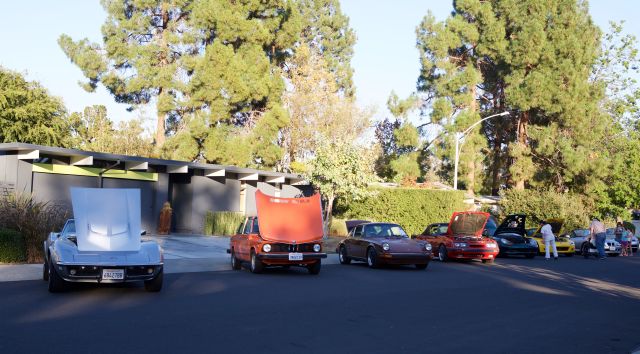 |
|
|
- ‹ previous
- 317 of 677
- next ›



